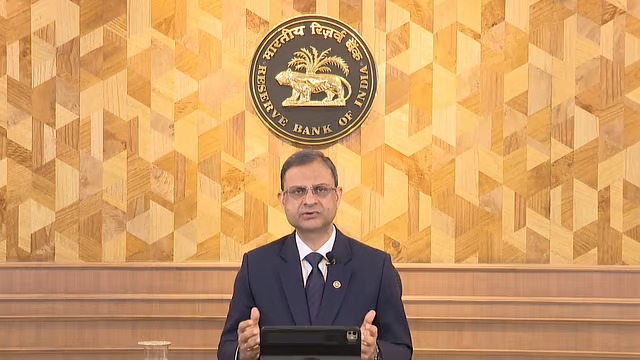India’s financial system remains robust as the Reserve Bank of India signals a stable outlook amid strong economic fundamentals. Growing expectations of another policy rate cut this fiscal have surfaced, driven by benign inflation, resilient banking conditions, and coordinated tax reforms, potentially offering a fresh boost to growth and liquidity.
RBI Holds Steady—But Rate Relief May Be Near
Amid global volatility and macroeconomic shifts, India’s financial landscape stands out for its resilience and flexibility. The Reserve Bank of India (RBI) has recently kept the key policy repo rate unchanged at 5.5%, following a trio of rate cuts earlier in the year that totaled 100 basis points. This move comes as inflation moderates and growth projections improve—factors shaping a climate of cautious optimism for what may be another round of monetary easing within the current fiscal.
According to leading reports, including those from ratings agency Crisil and financial news outlets, the RBI has signaled that a further 25 basis point rate cut could come as soon as December 2025. The central bank’s outlook reflects subdued inflation expectations, improved fiscal management, and easing global price pressures. Steps such as GST rationalization and income tax relief have contributed to domestic demand, further solidifying the case for continued accommodative monetary policy.
Notable Updates & Major Takeaways
After cumulative repo rate cuts from 6.5% to 5.5% in the current year, the RBI adopted a pause to assess earlier moves’ impact.
Reports by Crisil indicate another rate cut is likely this fiscal, citing external pressures balanced by benign inflation.
Macroeconomic factors—like easing commodity prices, robust banking liquidity, and cautious domestic demand—support policy flexibility for further easing.
India’s GDP is projected to grow 6.8% in FY26, while headline inflation is trending below the 4% medium-term target, making room for an interest rate reduction without compromising the inflation mandate.
Simultaneously, tax reforms lowering GST rates and raising the income tax threshold are expected to sustain consumption, support household incomes, and enhance overall economic stability.
Market analysts predict that a December rate cut would further ease borrowing costs for businesses, boost consumer sentiment, and reinforce economic recovery as global uncertainties linger.
Important Points
The RBI and Ministry of Finance continue to monitor global and domestic risks, citing trade uncertainties and fiscal implications of tax cuts as key variables for upcoming policy moves.
Financial conditions remain stable, with policy authorities maintaining a cautious but growth-friendly stance.
Sources: Economic Times (ET BFSI), BMI Research, Crisil, RBI Monetary Policy Statement, Fortune India, IANS, Equitymaster

